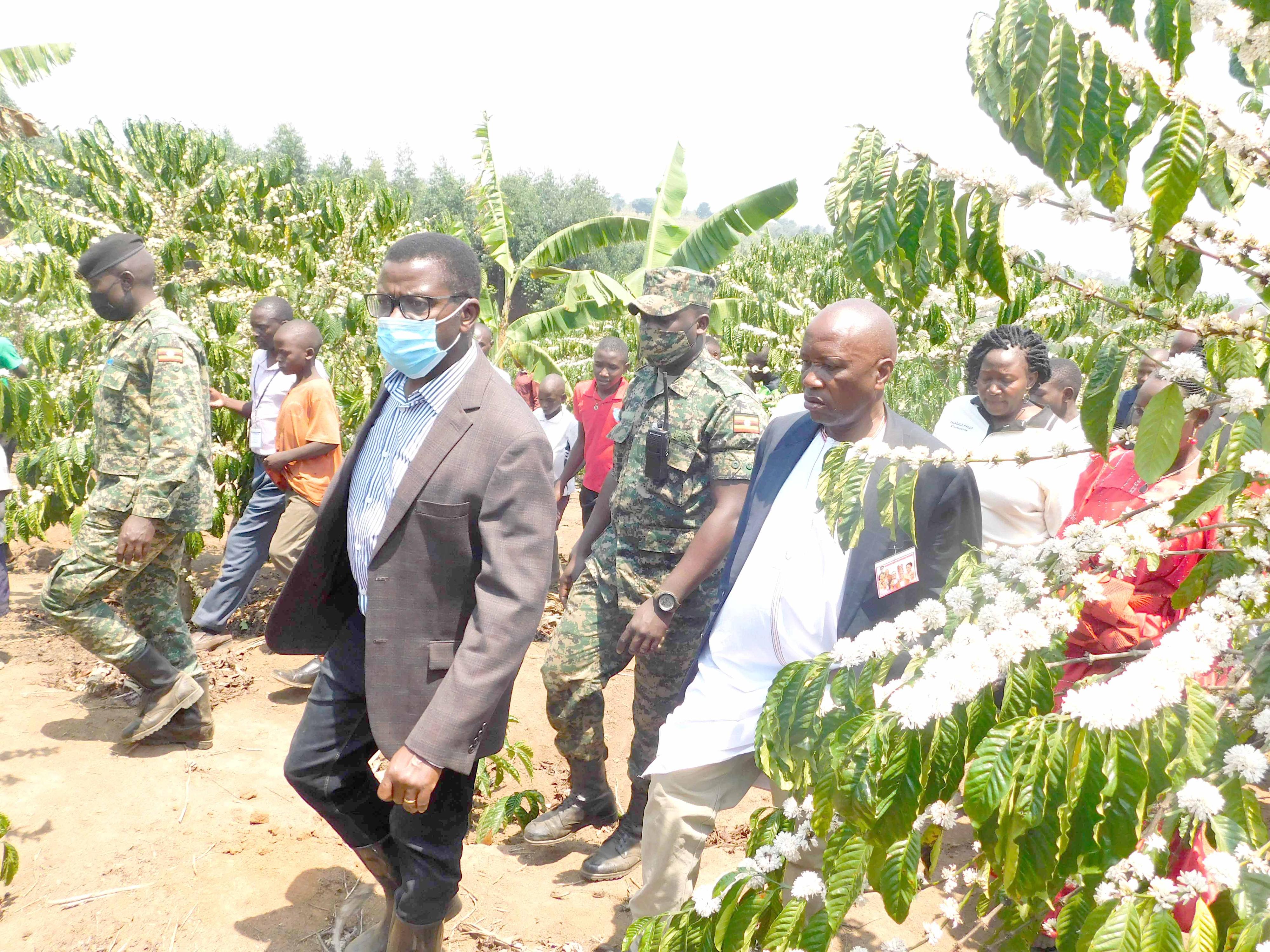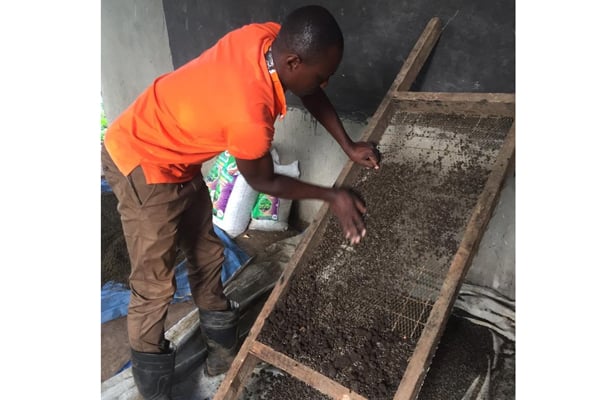Promote uptake of agriculture innovations to end cycle of poverty among smallholder farmers

Jean Jacques Mbonigaba Muhinda
What you need to know:
With maximum uptake of the hundreds of innovative solutions that continue to emerge in the agriculture sector, farmers will reap morewithout having to prepare their land for days
In Africa, agriculture means everything, especially for rural communities. It is the main source of livelihood for many households, and accounts for 23 percent of Africa’s GDP.
Smallholder farmers account for more than 60 percent of the population; yet the continent’s full agricultural potential remains untapped.
Farmers who grow food on small plots of land, especially those in rural areas, still struggle to make ends meet and feed their own families, let alone spare surplus produce for both domestic and export markets.
This is why African countries keep importing food that could be produced locally, especially by smallholder farmers. Africa’s food import has been on the upward trajectory over the past decades and is estimated to be about $50 billion a year and could go up to $110 billion by 2030 if urgent actions to increase food production are not implemented.
Despite the progress made during the last two decades of the Comprehensive African Agricultural Development Programme implementation, it is disconcerting to note that agricultural systems in rural African farming communities remain challenged and are passed on from generation to generation. People still spend days preparing the land using manual methods and have little to show for the tedious work each harvesting season. This situation is exacerbated by climate change and associated shocks, conflicts, as well as recent global crises such as Covid-19 and the conflict in eastern Europe.
Because agriculture is not substantially mechanized in many countries, it is seen as heavy work and is especially unattractive to the young people who represent 60 percent of the continent’s population. The fact that farming in Africa rural communities is not innovative enough, it is seen as the unpleasant venture where one has to wake up before daybreak to break their backs on the farms, with little to show for the hard labour.
The answer to Africa’s struggling agricultural sector hugely lies in innovativeness. This underscores the need for smallholder farmers to take up the rural innovative agriculture solutions that have been tested and are working for other farmers who used to struggle to sustain their ventures.
Luckily, agriculture is one of the sectors that have witnessed a significant growth in creativity, with innovators coming up with modern ways to handle farm mechanization, and to improve access to farm inputs, finances, markets and digital agriculture services. These innovations are elevating Africa through shared information among farmers who are transforming their ventures from solitary struggles to businesses that thrive.
Agriculture innovations such as Hello Tractor, DryCard, Wakulima Digital, and hundreds of other innovations are transforming the lives of smallholder farmers. In Kenya and Nigeria, for instance, Hello Tractor allows smallholder farmers to hire tractors via an app the way we hire cabs. This way, farmers do not have to own a tractor when they only need it for a single day to prepare land for planting and to wait again for the next planting season.
The DryCard has come in handy to minimize post-harvest losses in produce such as maize and beans among farming communities in Rwanda and Ethiopia.
Wakulima Digital is a loan-disbursement solution that is enabling farmers in Tanzania to meet their financial obligations during characteristic post-harvest price downturns.
While these, and other innovations that have transformed lives of thousands of farmers, their uptake remains slow, especially in rural farming communities.
It is therefore important that stakeholders work together to boost uptake of the rural farming solutions in order to transform the lives of smallholder farmers and to also secure the continent’s food security amid projections that Africa’s population is swelling every day.
It has been estimated that one in every four people will live in Africa by 2050 and that the continent holds the key for feeding the nine billion people that will inhabit this planet by 2050. These projections present hope that Africa’s food markets will expand significantly.
The prediction, however, also ignites the fear that the continent may not be able to feed its people when its population surges under business-as-usual scenario. In fact, it has been estimated that Africa will be able to fulfil only 13 percent of its food needs by 2050. At the moment, up to 25 percent of sub-Saharan Africa’s 856 million people are undernourished, according to the United Nations Development Program.
With maximum uptake of the hundreds of innovative solutions that continue to emerge in the agriculture sector, farmers will reap more without having to prepare their land for days. Technological innovations will give rise to modern farms which will in turn prompt young people to take up various opportunities along the agriculture value chain. When this happens, unemployment will be forgotten and the poverty cycle in African rural farming communities will be a thing of the past.
Jean Jacques Mbonigaba Muhinda
Regional Head East Africa, AGRA




